Hickory Wood
$250.00 – $560.00Price range: $250.00 through $560.00
Hickory Wood
Hickory wood, sourced from trees in the genus Carya, is renowned for its exceptional strength and distinctive grain, making it a top choice for demanding applications. Native to North America, this hardwood has been a staple in woodworking, cooking, and construction for centuries. In this in-depth guide, we’ll delve into the world of hickory wood, covering its origins, key characteristics, versatile uses, and maintenance tips to help you make the most of this robust material.
The Origins and History of Hickory Wood
Hickory trees, including species like shagbark hickory (Carya ovata) and mockernut hickory (Carya tomentosa), are indigenous to the eastern and central United States, thriving in hardwood forests from New England to the Gulf Coast. These trees, which can reach heights of over 100 feet and live for 200 years or more, have deep roots in American history. Early settlers used hickory wood for tools, wagon wheels, and even baseball bats, appreciating its toughness.
Today, hickory wood is harvested sustainably from managed forests, often as a byproduct of nut production or through selective logging. Its abundance and resilience have made it a go-to hardwood, especially in regions where durability is paramount.
Key Properties of Hickory Wood
Hickory wood is celebrated for its physical attributes that set it apart from softer woods. The heartwood typically ranges from pale to reddish-brown, with a prominent figure and occasional mineral streaks. The grain is coarse and interlocked, contributing to its rugged appeal.
- Density and Strength: One of the hardest domestic hardwoods, hickory has a high specific gravity (around 0.8), offering superior shock resistance and bending strength. It’s often compared to steel in terms of toughness.
- Workability: While it machines well, hickory can be challenging due to its density—blunt tools may cause tearing. It takes stains and finishes excellently, revealing a rich luster when polished.
- Durability: Highly resistant to decay, insects, and wear, hickory wood excels in high-stress environments. It’s less prone to warping than some woods but requires careful drying to prevent cracks.
- Scent and Texture: Hickory emits a strong, smoky aroma, especially when burned, which is a hallmark of its culinary uses. The texture is rough yet refined, with a natural oil content that enhances its longevity.
These properties make hickory wood ideal for projects that demand reliability and endurance.
Popular Uses of Hickory Wood
Hickory wood’s versatility extends across industries, from furniture to flavoring. Here’s a closer look at its most common applications:
Furniture and Cabinetry
In woodworking, hickory wood is prized for crafting sturdy furniture like chairs, tables, and cabinets. Its strength makes it perfect for high-traffic pieces, such as dining room sets or rocking chairs. The wood’s rustic charm adds character to both traditional and contemporary designs, often finished with a clear coat to highlight its grain.
Smoking and Culinary Applications
Perhaps best known for its role in barbecue, hickory wood imparts a bold, smoky flavor to meats, fish, and vegetables. It’s a staple in smokers and grills across the U.S., particularly in Southern cuisine, where it enhances dishes like pulled pork or ribs. Hickory wood chips are also used for home cooking, providing an authentic taste without overpowering other ingredients.
Flooring and Construction
Hickory wood flooring is a favorite for its durability and scratch resistance, making it suitable for homes, gyms, and commercial spaces. In construction, it’s used for tool handles, ladder rungs, and even baseball bats, where its shock-absorbing qualities shine. Veneers and plywood made from hickory add strength to various structures.
Other Creative Applications
Beyond traditional uses, hickory wood is employed in musical instruments, such as drumsticks and guitar parts, for its resonant qualities. It’s also popular in whiskey barrels, contributing complex flavors during aging. Artisans use it for carvings, sculptures, and decorative elements, leveraging its bold patterns.
Benefits of Choosing Hickory Wood
Selecting hickory wood offers a host of advantages for any project:
- Exceptional Strength: Its hardness ensures longevity, even in demanding conditions, reducing the need for frequent replacements.
- Aesthetic Versatility: The wood’s warm tones and grain patterns suit a range of styles, from rustic to modern.
- Eco-Friendly Harvesting: Sourced from renewable forests, hickory wood supports sustainable practices when managed responsibly.
- Flavorful Potential: In culinary contexts, it adds depth and authenticity to meals, making it a chef’s secret weapon.
- Health and Safety: Hickory wood is naturally resistant to pests and decay, and its non-toxic nature makes it safe for food-related uses.
These benefits position hickory wood as a reliable, high-performance option for both functional and decorative purposes.
How to Care for Hickory Wood
Maintaining hickory wood is straightforward with the right approach. Begin by seasoning the wood thoroughly—air-drying for 6-12 months to minimize moisture content and prevent warping. For finished items, apply a penetrating oil or sealant to protect against moisture and stains. Regular cleaning with a mild soap and water solution, followed by drying, will keep it in top condition.
Avoid exposing hickory wood to excessive heat or direct sunlight, as this can cause fading. With proper care, hickory wood can endure for decades, retaining its strength and beauty.
Conclusion: Why Hickory Wood is a Timeless Choice
Hickory wood embodies strength, versatility, and natural appeal, making it an indispensable resource for woodworkers, chefs, and builders. Whether you’re crafting furniture, smoking a feast, or installing flooring, its properties ensure outstanding results. Embrace the power of hickory wood and elevate your projects with this American hardwood classic. For personalized advice, reach out to local experts or suppliers to explore how hickory wood can fit your needs.
| SIZE | 1/2 Cord Pallet, 1/4 Cord Pallet, 1/8 Cord Pallet |
|---|
Reviews
There are no reviews yet.
Related products
Firewood
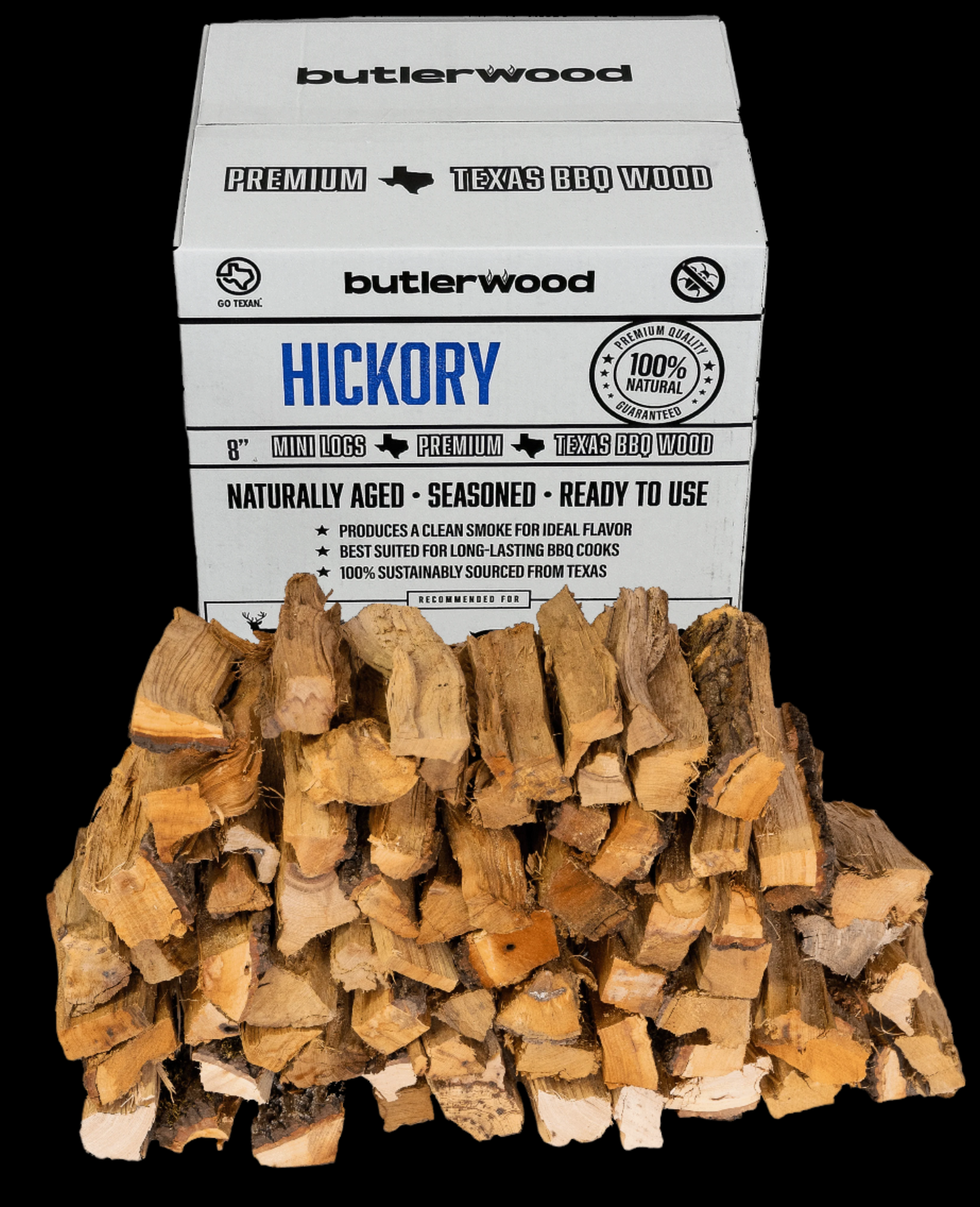





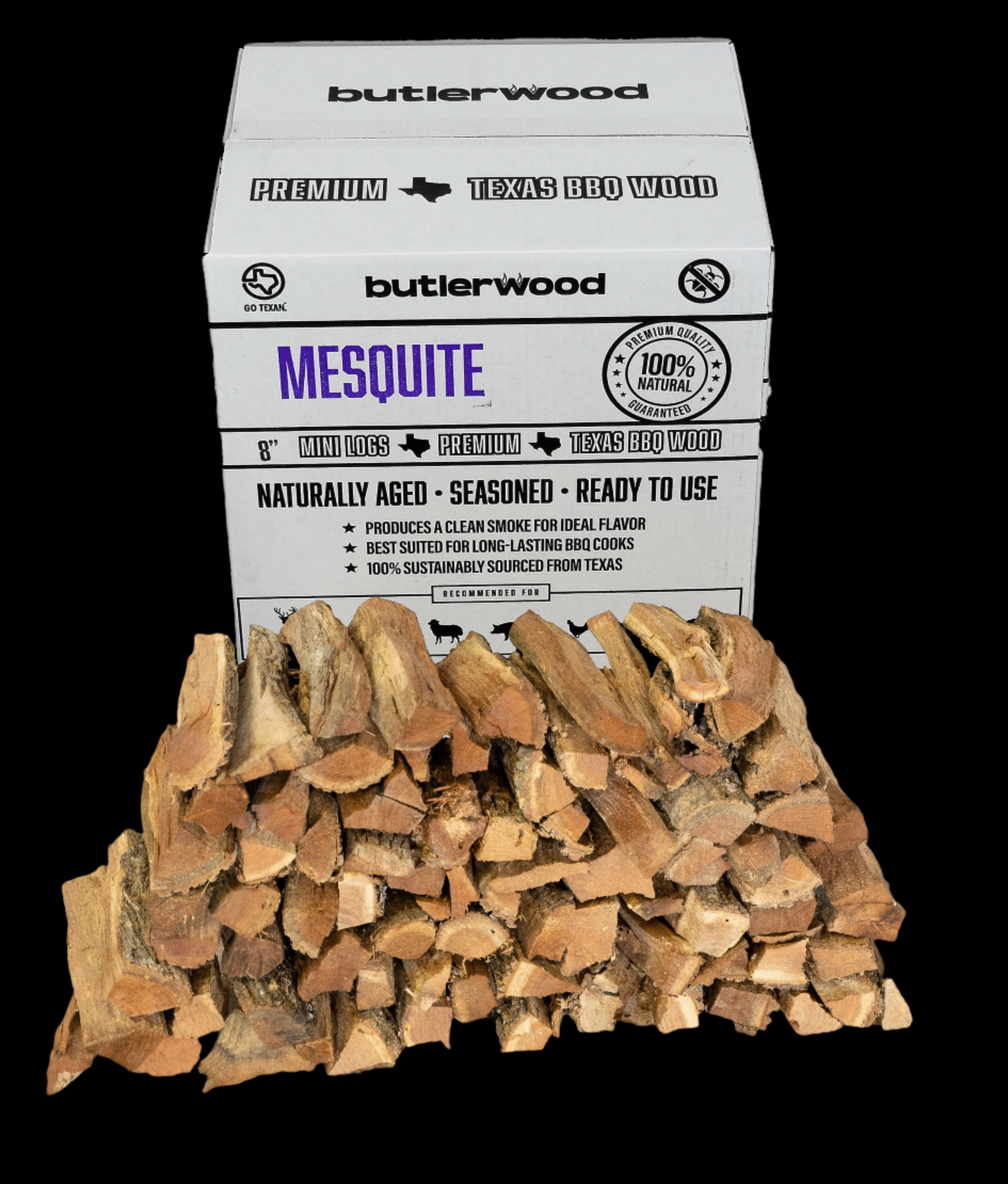
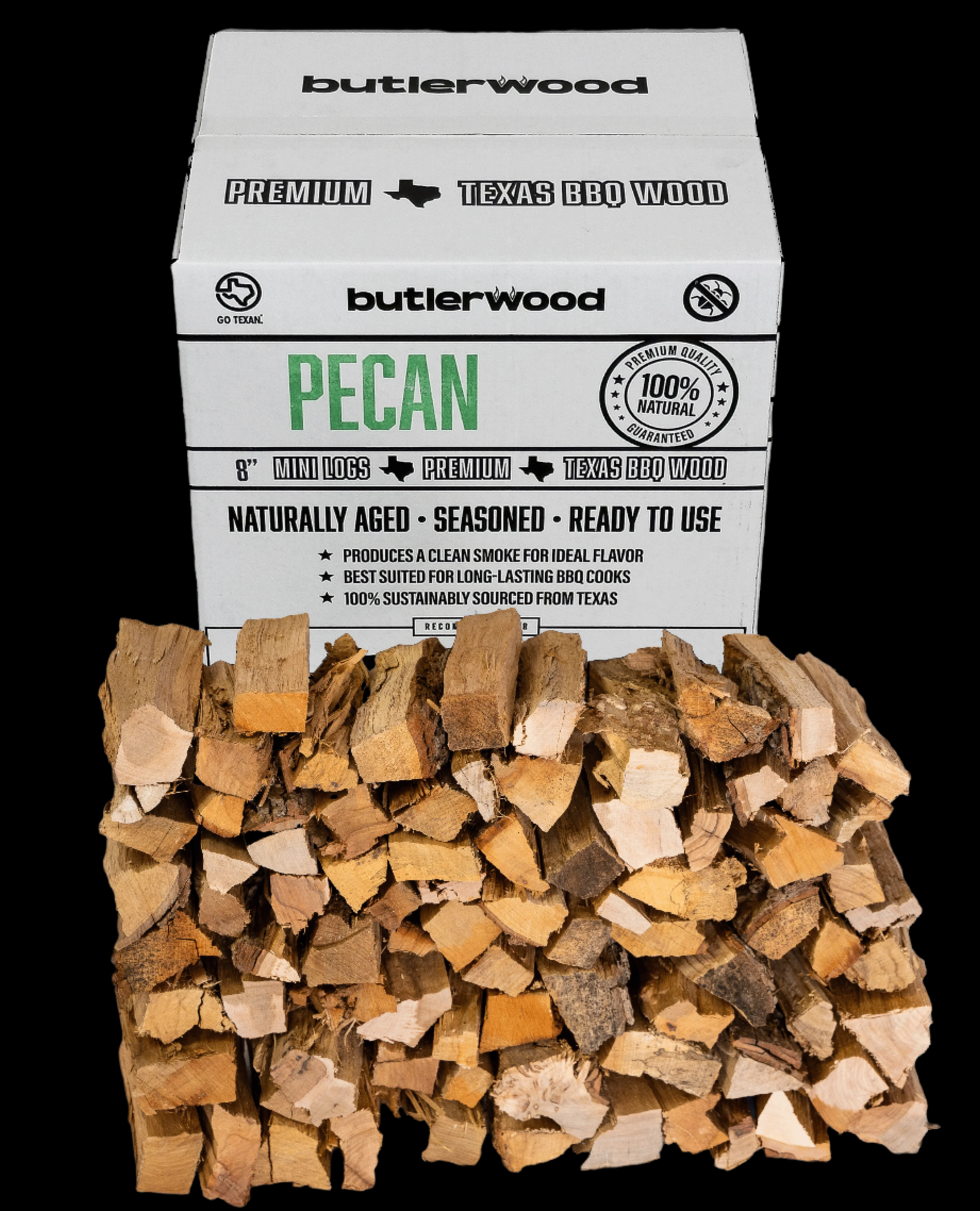
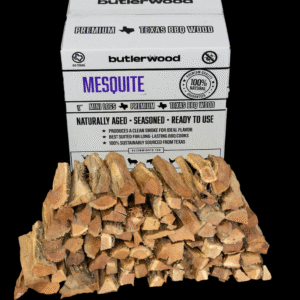
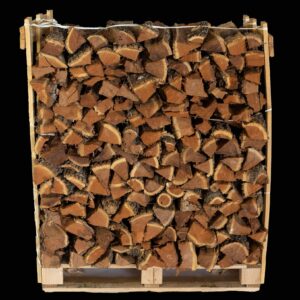
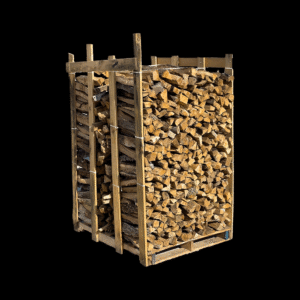


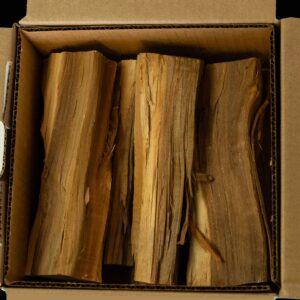
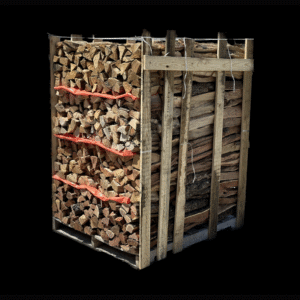


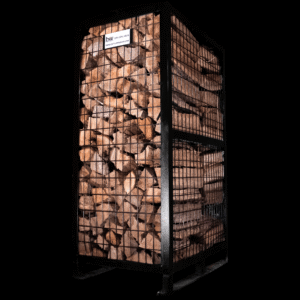
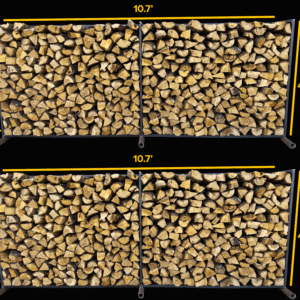
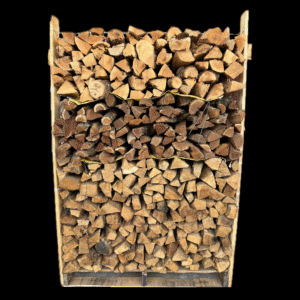
Be the first to review “Hickory Wood”